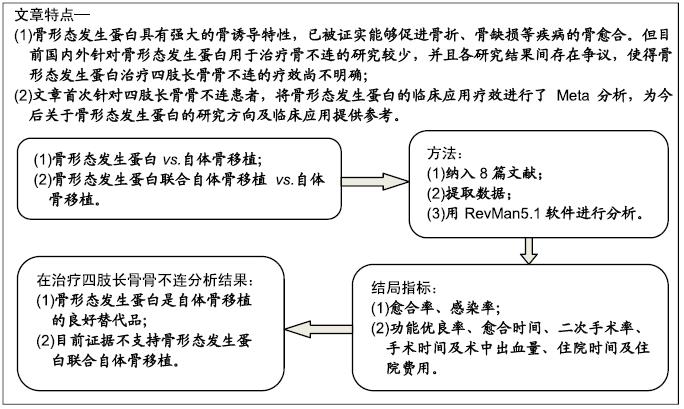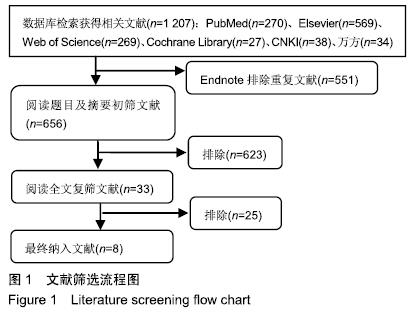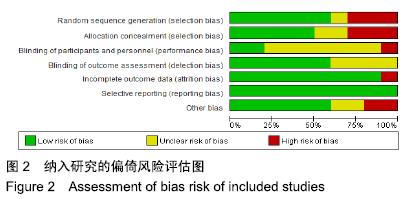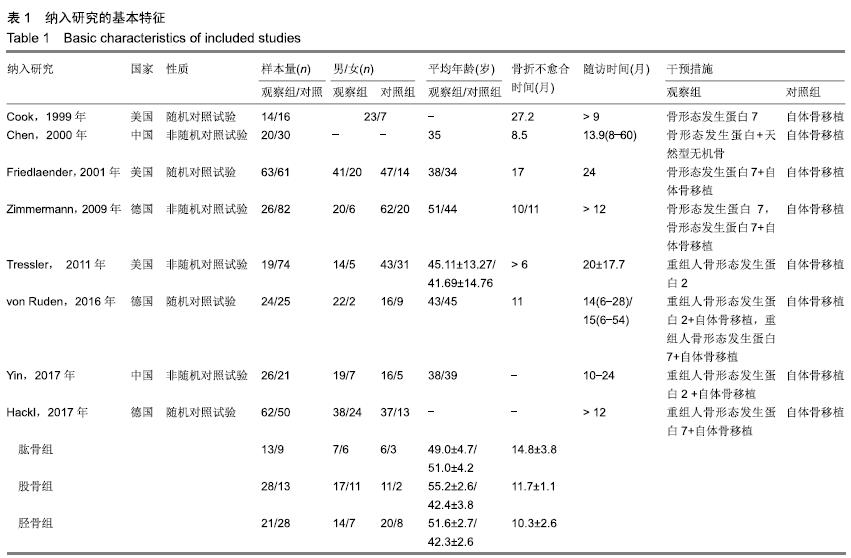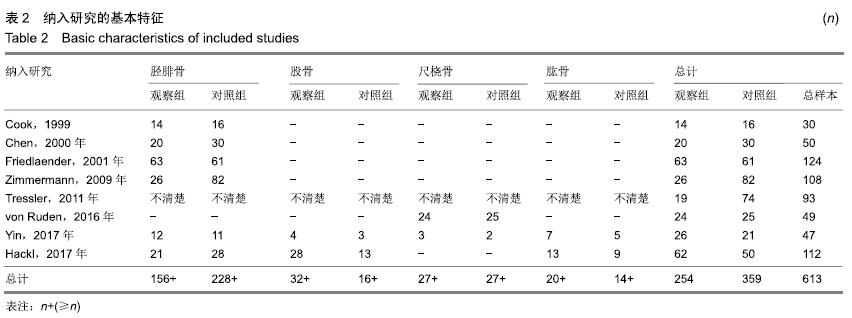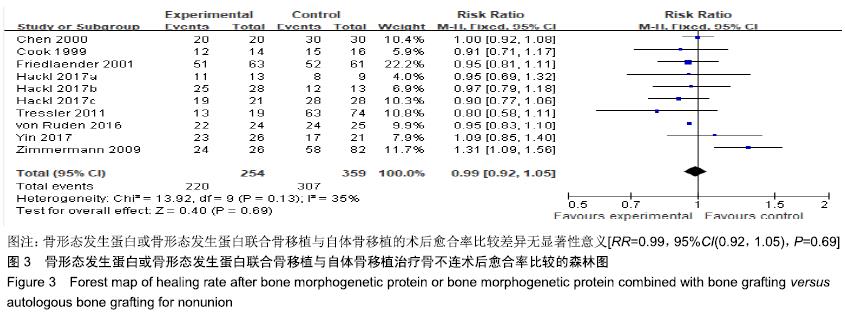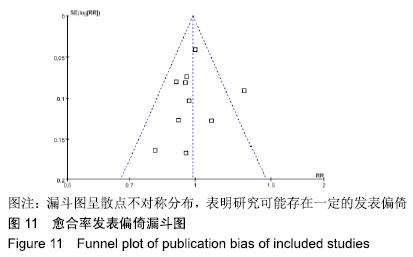[1] SEN M, MICLAU T.Autologous iliac crest bone graft: should it still be the gold standard for treating nonunions?Injury. 2007;38(1):S75-S80.
[2] DIMITRIOU R, MATALIOTAKIS GI, ANGOULES AG, et al. Complications following autologous bone graft harvesting from the iliac crest and using the RIA: a systematic review.Injury.2011;42 Suppl 2: S3-15.
[3] ARRINGTON ED, SMITH WJ, CHAMBERS HG, et al.Complications of iliac crest bone graft harvesting.Clin Orthop Relat Res.1996;(329): 300-309.
[4] LE BARON M, VIVONA JP, MAMAN P, et al.Can the Reamer/Irrigator/ Aspirator System replace anterior iliac crest grafting when treating long bone nonunion?Orthop Traumatol Surg Res.2019;105(3):529-533.
[5] NODARIAN T, SARIALI E, KHIAMI F, et al.Iliac crest bone graft harvesting complications: A case of liver herniation.Orthop Traumatol Surg Res. 2010;96(5):593-596.
[6] DIMITRIOU R, KANAKARIS N, SOUCACOS PN, et al.Genetic predisposition to non-union: evidence today.Injury.2013;44:S50-S53.
[7] SINGH R, BLEIBLEH S, KANAKARIS NK, et al.Upper limb non-unions treated with BMP-7: efficacy and clinical results.Injury.2016;47 Suppl 6: S33-S39.
[8] HREHA J, KRELL ES, BIBBO C.Role of recombinant human bone morphogenetic Protein-2 on hindfoot arthrodesis.Foot Ankle Clin. 2016; 21(4):793-802.
[9] MARUPANTHORN K, TANTRAWATPAN C, KHEOLAMAI P, et al.Bone morphogenetic protein-2 enhances the osteogenic differentiation capacity of mesenchymal stromal cells derived from human bone marrow and umbilical cord.Int J Mol Med.2017;39(3):654-662.
[10] BARCAK EA, BEEBE MJ.Bone Morphogenetic Protein: Is There Still a Role in Orthopedic Trauma in 2017?Orthop Clin North Am. 2017;48(3): 301-309.
[11] DIMITRIOU R, DAHABREH Z, KATSOULIS E, et al.Application of recombinant BMP-7 on persistent upper and lower limb non-unions. Injury. 2005;36(4):S51-S59.
[12] HISSNAUER TN, STIEL N, BABIN K, et al.Recombinant Human Bone Morphogenetic Protein-2 (rhBMP-2) for the Treatment of Nonunion of the Femur in Children and Adolescents: A Retrospective Analysis. Biomed Res Int.2017;2017:3046842.
[13] KANAKARIS NK, CALORI GM, VERDONK R, et al.Application of BMP-7 to tibial non-unions: a 3-year multicenter experience.Injury. 2008;39 Suppl 2:S83-90.
[14] DAI J, LI L, JIANG C, et al.Bone morphogenetic protein for the healing of tibial fracture: a meta-analysis of randomized controlled trials.PLoS One. 2015;10(10):e0141670.
[15] COOK SD.Preclinical and clinical evaluation of osteogenic protein-1 (BMP-7) in bony sites.Orthopedics.1999;22(7):669-671.
[16] FRIEDLAENDER GE, PERRY CR, COLE JD, et al.Osteogenic protein-1 (bone morphogenetic protein-7) in the treatment of tibial nonunions.J Bone Joint Surg Am.2001;83-A Suppl 1(Pt 2):S151-158.
[17] HACKL S, HIERHOLZER C, FRIEDERICHS J, et al.Long-term outcome following additional rhBMP-7 application in revision surgery of aseptic humeral, femoral, and tibial shaft nonunion.BMC Musculoskelet Disord. 2017;18(1):342.
[18] TRESSLER MA, RICHARDS JE, Sofianos D, et al.Bone morphogenetic protein-2 compared to autologous iliac crest bone graft in the treatment of long bone nonunion.Orthopedics. 2011;34(12):e877-e884.
[19] VON RÜDEN C, MORGENSTERN M, HIERHOLZER C, et al. The missing effect of human recombinant Bone Morphogenetic Proteins BMP-2 and BMP-7 in surgical treatment of aseptic forearm nonunion. Injury. 2016;47(4):919-924.
[20] ZIMMERMANN G, WAGNER C, SCHMECKENBECHER K, et al. Treatment of tibial shaft non-unions: bone morphogenetic proteins versus autologous bone graft.Injury.2009;40:50-53.
[21] 陈光,杨建中,许会敏,等.NNB/BMP复合物在胫骨骨折不愈合治疗中的应用[J].中国矫形外科杂志,2000,7(8):26-29.
[22] 尹化阳,王皓宇,黄明,等.重组人骨形态发生蛋白-2治疗四肢长骨骨不连临床研究[J].淮海医药,2017,35(6):668-671.
[23] FLIERL MA, SMITH WR, MAUFFREY C, et al.Outcomes and complication rates of different bone grafting modalities in long bone fracture nonunions: a retrospective cohort study in 182 patients.J Orthop Surg Res.2013;8(1):33.
[24] SCHOELLES K, SNYDER D, KACZMAREK J, et al.The Role of Bone Growth Stimulating Devices and Orthobiologics in Healing Nonunion Fractures[Internet].Agency for Healthcare Research and Quality, 2005.
[25] GARRISON KR, SHEMILT I, DONELL S, et al.Bone morphogenetic protein (BMP) for fracture healing in adults. Cochrane Database Syst Rev. 2010; (6):CD006950.
[26] KANAKARIS NK, PALIOBEIS C, MANIDAKIS N, et al.Biological enhancement of tibial diaphyseal aseptic non-unions: the efficacy of autologous bone grafting, BMPs and reaming by-products. Injury. 2007; 38:S65-S75.
[27] 孙彦平,乔国勇,王玉冰,等.自体髂骨复合骨形态发生蛋白与自体髂骨移植治疗骨折不连接的比较[J].中国组织工程研究与临床康复,2009,13(33): 6465-6468.
[28] TAKEMOTO R, FORMAN J, TAORMINA DP, et al.No advantage to rhBMP-2 in addition to autogenous graft for fracture nonunion. Orthopedics. 2014; 37(6):e525-e530.
[29] GIORGIO CALORI M, CAPANNA R, COLOMBO M, et al.Cost effectiveness of tibial nonunion treatment: A comparison between rhBMP-7 and autologous bone graft in two Italian centres.Injury.2013; 44(12):1871-1879.
[30] SCHENKER ML, YANNASCOLI SM, DONEGAN D.Bone Morphogenetic Protein and Fractures: A Meta-Analysis//ORS 2014 Annual Meeting Poster,2014:15-18.
[31] PAPE HC, EVANS A, KOBBE P.Autologous bone graft: properties and techniques.J Orthop Trauma. 2010;24:S36-S40.
[32] DAHABREH Z, CALORI GM, KANAKARIS NK, et al.A cost analysis of treatment of tibial fracture nonunion by bone grafting or bone morphogenetic protein-7.Int Orthop. 2009;33(5):1407.
[33] HAUSMANN M, EHNERT S, HOFMANN V, et al.Use of bone morphogenetic proteins (BMPs) for the treatment of Pseudarthroses- efficiency and therapy failure.Z Orthop Unfall. 2014;152(2):144-151.
[34] PAPANAGIOTOU M, DAILIANA ZH, KARACHALIOS T, et al.RhBMP-7 for the treatment of nonunion of fractures of long bones.Bone Joint J. 2015; 97(7):997-1003.
|
